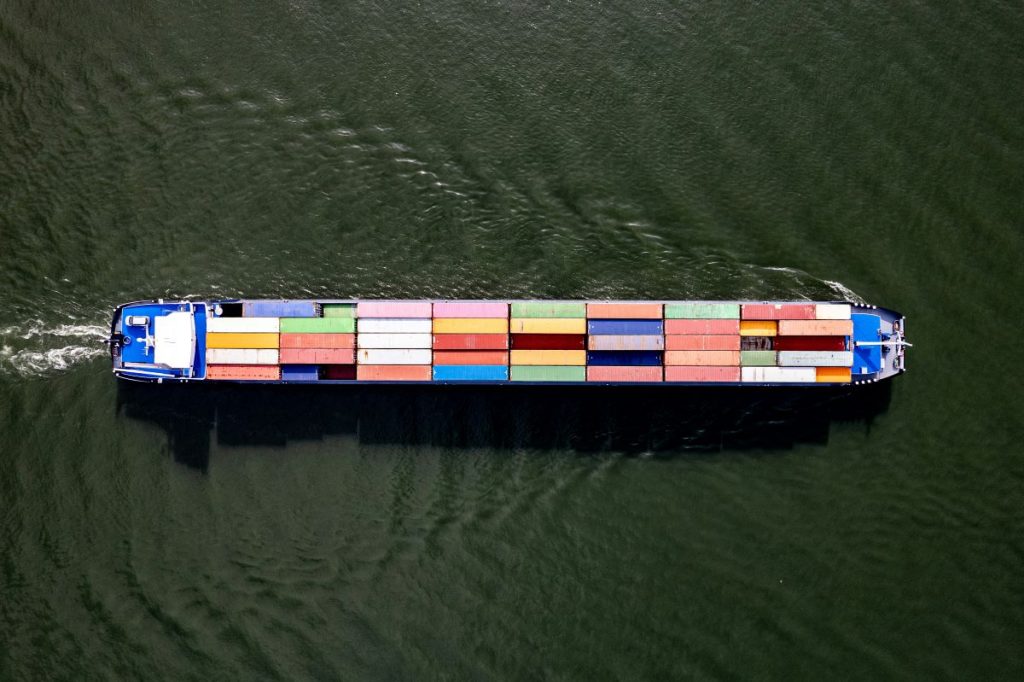The uncertainty of potential port strikes on the US east coast adds to the pressure on freight rates. Drewry‘s analysis, considering scenarios both with and without a strike in January, indicates that freight rates are set to continue their upward trajectory. The strikes could significantly inflate spot rates, affecting not only US connected trade but also other trades through a contagion effect. Even without a port strike, other factors such as a 75% increase in emission trading system carbon taxes from January will keep rates high.
Suez Canal Reopening and Shipping Alliances Reconfiguration
Despite the potential increase in shipping capacity by about 25% if the Suez Canal reopens, Drewry does not anticipate this happening. Instead, disruptions and Cape of Good Hope routing are expected to continue until at least 2026. The reconfiguration of shipping alliances next year is another factor that could cause setbacks. The schedule integrity of Gemini, which is consumer-dependent, is one to watch, as container transhipment operations can quickly get caught up with delays and missed connections.
The combination of potential port strikes, increased carbon taxes, the ongoing closure of the Suez Canal, and the reconfiguration of shipping alliances all contribute to the prediction of persistently high freight rates, offering no respite for shippers.








